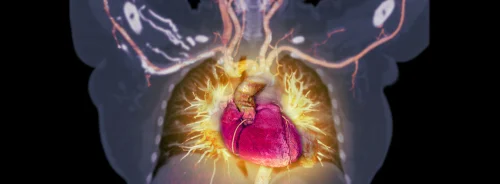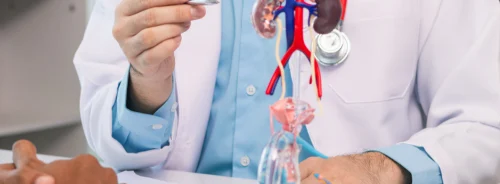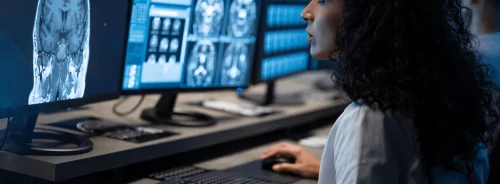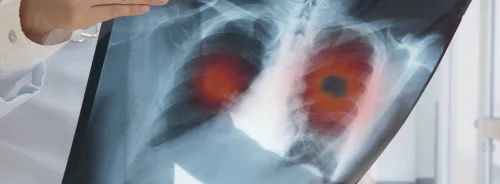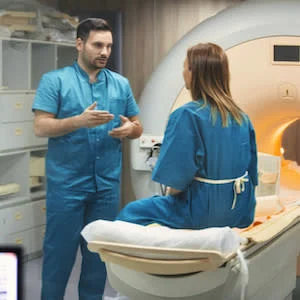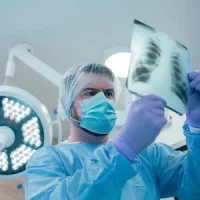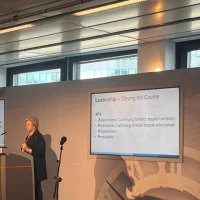In an interesting session at the European Congress of Radiology this week, the speakers highlighted the importance of listening to patients, improving communication between radiographers and patients and considering the patient perspective. Understanding that patients have a personal, individual view on the quality of the provided service in a radiology department can contribute to continuous quality improvement and other quality objectives.
A case study in Mercy University Hospital, Cork, Ireland, was presented to highlight the importance of patient input in guiding radiological investigation and interpretation. Another case from Ziekenhuis Oost Limburg, Genk, Belgium, was presented to elaborate on the use of surveys and how they can help understand patients' wishes and satisfaction. It was emphasised that the surveys hold no value unless they lead to actual changes in practice and become part of the continuous improvement of service quality. Survey findings should also be used to identify staff training needs and any inherent communication issues that should be addressed within the department.
During the session, the important role of radiographers in improving patient care and how this role differs from a radiologist was also discussed. The need for these professions to work together to improve overall patient was highlighted.
In another related session, communication challenges in radiology were discussed. Sometimes, radiographers are not be in a position to have difficult conversations with patients. In such situations, national societies, educational institutions and individual radiographers can work together. In particular, discussions about radiation benefits and risks are often an area of concern for patients who want to know more about diagnostic examinations and radiation therapy treatments. The interaction between radiographers and patients during examinations and procedures can be important for patients as they can receive real-time information. Overcoming the challenges associated with the benefit-risk discussion can benefit patients and radiographers.
Overall, the sessions discussed the importance of appreciating that patients may wish to know more about their examinations and may be interested in getting more information than the final results. Therefore, it is important to understand the significance and clinical importance of open disclosure by radiographers and to educate patients to ensure they are fully informed.
Image Credit: iStock
Latest Articles
radiologist, patient centered care, #ECR2022
#ECR22: Listen to Your Patients

